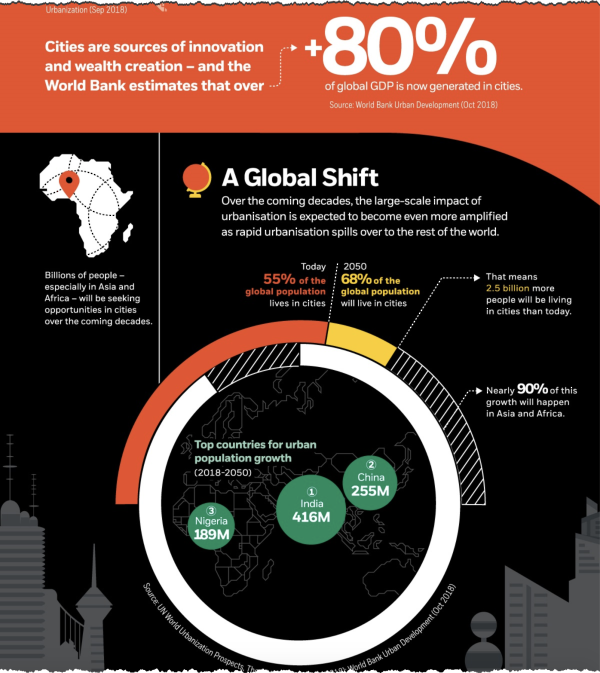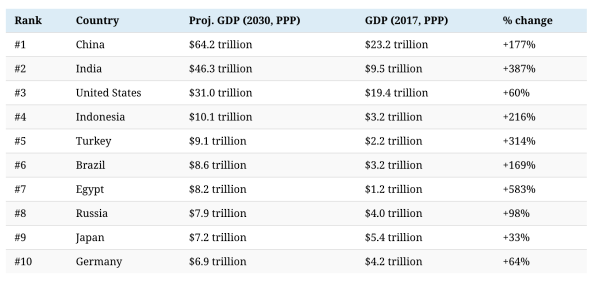June 6th, 1944 … the day we stormed the beaches of Normandy. It was the largest seaborne invasion in history. The invasion created a foothold that allowed Allied forces to expand through France.
The memorial in France this year was a particularly touching event with the many surviving World War 2 soldiers being well into their 90s.
"A generation whose unconquerable spirit shaped the post-war world. They didn't boast. They didn't fuss. They served" – Theresa May
A 97-year old veteran paratrooper, Tom Rice, commemorated the day by once again dropping into the field he landed in on that fateful night.
Check out the video. It's an inspiration.
via TIME
Seems like a friendlier welcome than a sea of German soldiers. As an extra fun fact, Teddy Roosevelt stormed the beaches of Normandy at 56 with a heart condition, arthritis, and a cane. He was the oldest man to take part in the invasion.
Our society is built on the backs of many strong men! I'm thankful for their sacrifices.




 via
via